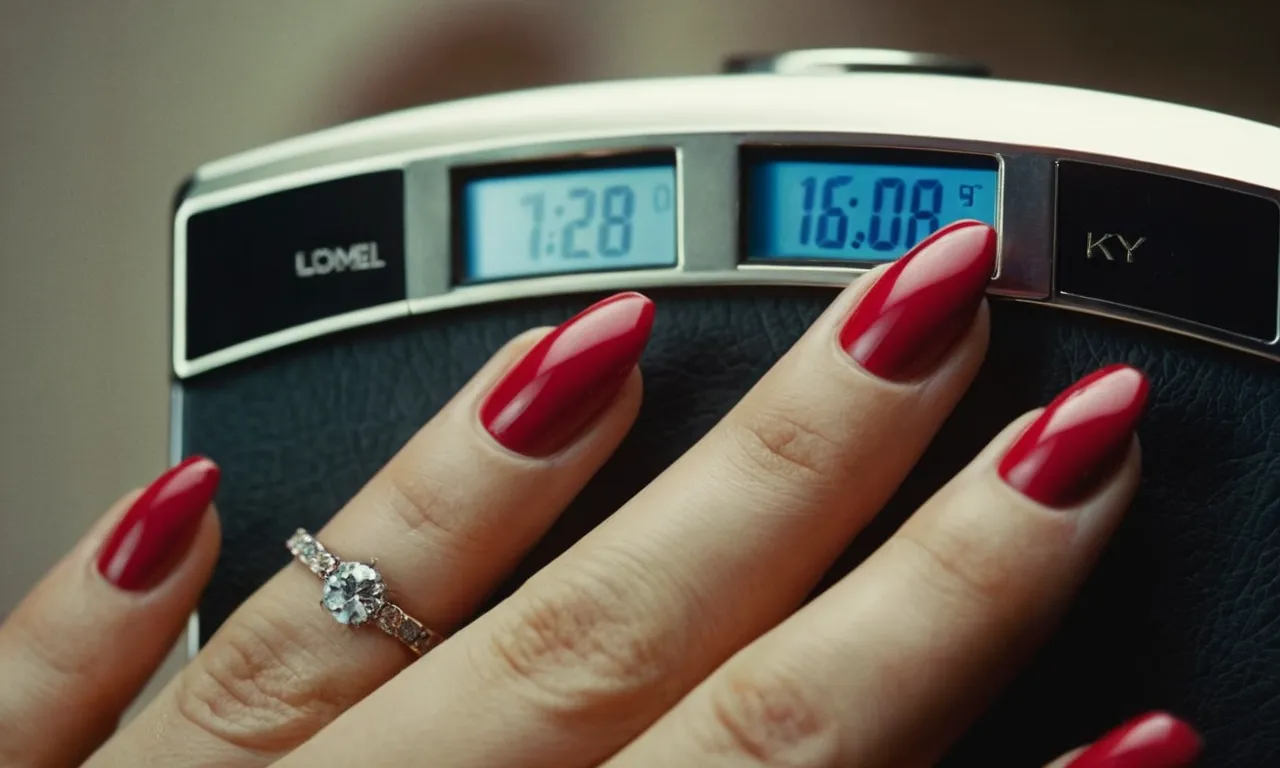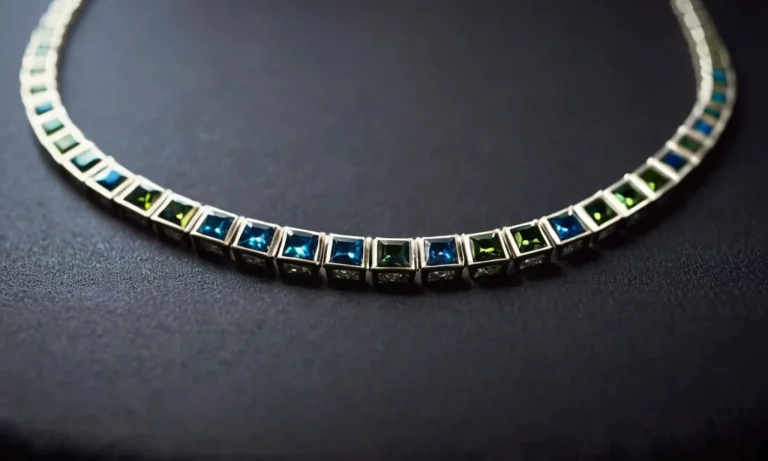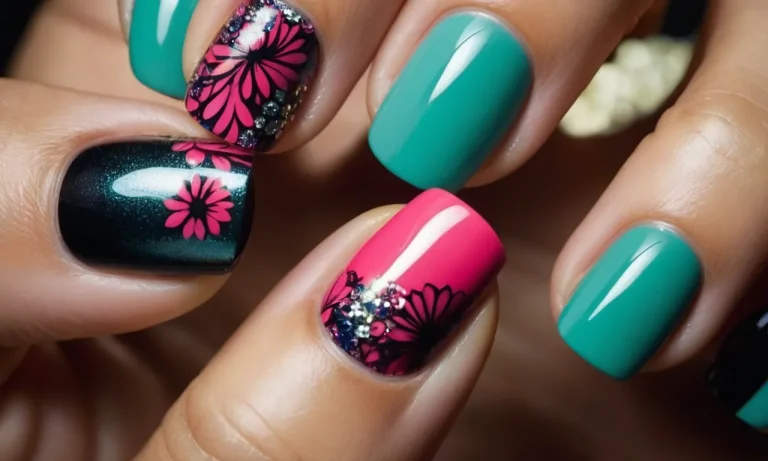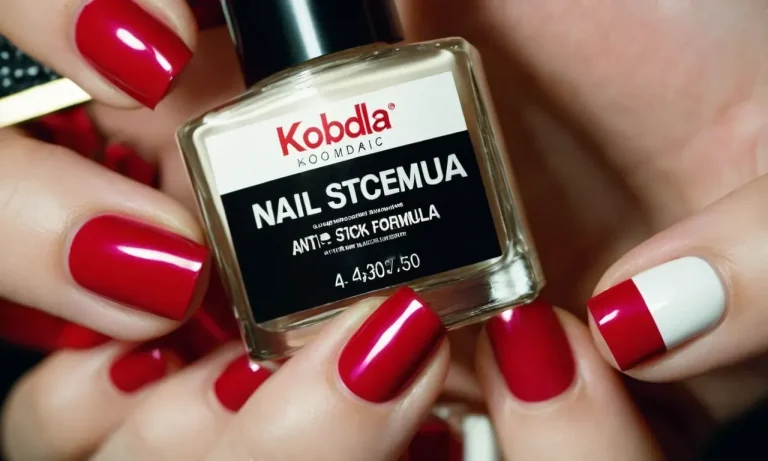How Long Between Coats Of Nail Polish? A Detailed Guide
If you just painted your nails and are wondering how long to wait before applying the next coat, you’re not alone. Getting the perfect manicure requires knowing the optimal dry time between nail polish layers.
If you’re short on time, here’s a quick answer to your question: You should wait 5-10 minutes between coats of nail polish for the best results.
In this comprehensive guide, we’ll cover everything you need to know about dry time between coats of nail polish. You’ll learn about factors like nail polish type, number of coats, and more that impact how long to wait. We’ll also provide tips for speeding up dry time when you’re in a rush.
The Basics: 5-10 Minutes Between Standard Nail Polish Coats
When it comes to applying regular nail polish, it’s generally recommended to wait 5-10 minutes between coats for the best results. Here’s a closer look at why you should wait between coats and how long to wait for the perfect manicure:
Most regular nail polishes take 5-10 minutes to dry between coats for optimal results.
Waiting 5-10 minutes allows each layer of polish to dry thoroughly before applying the next. If you apply coats too quickly, the polish layers can slide over each other and cause bubbling, smearing, and other imperfections. Waiting the recommended time helps prevent issues like:
Most standard nail polishes based on nitrocellulose lacquer take around 5 minutes to dry to the touch and 10 minutes to hardened completely. Letting each layer dry for at least 5 minutes and up to 10 minutes helps ensure your manicure has a smooth, even finish.
Quick-dry polishes may require less time between coats.
Recently, more brands have released “quick-dry” polishes that dry in less than 5 minutes. These polishes often contain additional solvents and ingredients to speed up drying time. With a quick-dry polish, you may only need 2-3 minutes between coats.
However, it’s still best to check the polish bottle or brand website for specific instructions.
Here are a few quick tips for quick-dry polishes:
In the end, regardless of whether you use regular or quick-dry nail polish, it’s wise to give each coat adequate drying time. Rushing the process can ruin an otherwise perfect manicure. A little patience goes a long way for beautiful, chip-free nails!
Factors That Impact Dry Time
Nail polish formula – regular vs. quick-dry
The ingredients and formula of a nail polish greatly impacts its drying time. Traditional nail polishes can take over an hour to fully dry and cure. However, quick-dry polishes contain special chemicals and solvents like acetone that speed up evaporation, allowing each coat to dry in as little as one minute.
Using a quick-dry top coat like Seche Vite over traditional polish also hastens the drying process.
Number of coats – more coats require longer dry time
The more coats of polish applied, the longer the manicure will need to dry. Each additional coat of lacquer, especially darker colors, requires extra time to cure and harden. As a general guideline, allow 5-10 minutes of drying time between each coat, with the final top coat requiring a bit longer to fully harden.
So for a manicure with 3 coats of color plus top coat, expect to wait about 30 minutes for it to be dry enough.
Nail length and shape
Those blessed with longer nails should be prepared for slightly longer dry times. More surface area covered with polish equals a longer evaporation process. Nail shape can also have a small impact, as wider nail beds also mean more real estate to cover.
Almond and square shaped nails generally require less time than long coffin or stiletto designs.
Temperature and humidity
External climate factors also help determine how fast nails lacquer dries. According to nail experts, the ideal temperature for quick nail polish drying is around 20-25° C (68-77° F). Warmer ambient temperatures speed up the evaporation of solvents in polish.
Similarly, lower humidity is best for quick dry times, as moisture impacts the curing process. Try to paint nails in a warm, dry area without fans blowing directly on freshly painted hands.
Tips for Reducing Dry Time
Use a quick-dry top coat
Applying a fast-drying top coat like Seche Vite or Essie Speed Setter after the color coats is one of the most effective ways to shorten the drying time. These top coats contain naphtha and toulene, which helps nail polish dry quickly.
According to nail care experts, using a fast-drying top coat can reduce drying time by 50-80%. Just make sure to apply it thinly and evenly over freshly painted nails.
Apply thin coats
Another tip is to apply thinner and more even coats of color polish instead of globbing it on thickly. Thick coats take longer to dry as more layers of wet polish have to evaporate. Applying 2-3 thin, even coats allows each layer to dry faster before moving onto the next.
This prevents smearing and smudges. Let each coat dry for at least 5 minutes before adding the next. Remember – less is more when painting nails!
Keep nails & environment warm
Temperature plays a key role in how fast nail polish dries. The general rule is that warmer temperatures speed up the drying process. So keep the room and your hands toasty when polishing nails in cooler weather. You can put on gloves or wrap hands around a mug of hot tea.
The ambient warmth helps the polish dry faster. Also, avoid cold drafts from AC vents, windows, or fans directly on freshly painted nails.
Use a nail dryer
Using a nail polish drying device or UV lamp is an easy shortcut to shorten drying time. These handy devices or lamps emit UV light that cures gel polish in minutes. Most models have settings for regular nail polish too.
While they may not work as fast as with gel manicures, nail dryers can still cut regular nail polish drying time down to just 5-10 minutes. So break out that nail dryer next time you paint your nails!
Freeze polish before applying
Here’s an offbeat hack that works surprisingly well – stick the nail polish bottle in the refrigerator or freezer for 15-20 minutes before applying it on nails. The chilled polish goes on smoother. And the quick change from cold to room temperature helps it dry faster.
This little trick can easily shave 10-15 minutes off the drying time. Just be careful when retrieving the icy cold bottle to avoid breaks or cracks!
What Happens If You Don’t Wait Long Enough Between Coats?
Chipping, peeling and cracking
Not allowing enough drying time between coats of nail polish can lead to major chipping, peeling, and cracking issues. When you apply a second coat too soon, the first layer hasn’t had sufficient time to dry and fully harden. As a result, the two layers don’t bond together properly.
This weak bond leads to chips and peels, especially at the tips and edges of your nails where the polish layers meet the free edge.
In addition to chipping and peeling, not waiting long enough between polish layers can cause cracking across the surface of your nails. This happens because the bottom layer stays soft and flexible while the top coat dries hard and rigid on top.
These mismatched textures lead to cracks in the manicure.
Bubbling and wrinkling
Applying polish too soon can also create bubbles and wrinkles in the surface of your manicure. When the first layer hasn’t set, the second layer can dissolve and react with underlying wet polish. This causes bubbling and wrinkling that leaves your manicure looking bumpy and uneven.
These bubbles and wrinkles not only look bad but also weaken the integrity and durability of your mani. The bumpy texture catches on things more easily and can worsen chipping and peeling issues.
Gloopiness and denting
Rushing between polish layers can make your manicure turn out gloopy with imprints and dents. If you apply the next coat while the previous one is still wet and malleable, the brush can drag through the polish, leaving streaks and globs.
Any pressure from the brush can also dent and imprint the soft underlying layer.
This gloopy, dented texture not only looks messy but also further weakens the bond between layers. With uneven layers and density, the manicure is more prone to chipping and peeling.
To avoid all these issues, it’s essential to wait until each layer of polish is at least 80-90% dry before adding another coat. Be patient and allow the full drying time recommended by the brand, usually 2-3 minutes between coats. Extend drying times in cool, humid environments.
Investing those extra minutes leads to a smooth, durable, professional-looking manicure.
The Exceptions: When to Wait Longer
Matte nail polish – wait 10-20 minutes
Matte nail polishes have a unique formula designed to dry to a flat, non-glossy finish. This means they tend to take a bit longer to fully cure and harden compared to regular polishes. It’s best to wait 10-20 minutes between coats of matte polish to ensure proper drying and avoid peeling or smudging.
Rushing matte coats can result in a streaky, uneven finish. Patience pays off with a smooth, velvety matte manicure.
Gel nail polish – wait 2-3 minutes
Gel polishes need UV or LED light to cure and harden. After applying the first coat of gel polish, cure it under the light according to brand instructions, usually 30 seconds to 2 minutes. Then let the first coat rest for 2-3 minutes before applying the second coat.
This allows the first layer to fully set before adding more product on top. Rushing second coats of gel polish can cause bumps, wrinkles, or peeling. A brief wait ensures proper curing between layers. For the healthiest natural nails, limit gel manicures to 2 coats.
Dipping powder nails – wait 1 minute
Dipping powders require activator and glue for application. After dipping and curing the first coat, wait 1 full minute before starting the second dip. This allows the first layer to harden so subsequent dips adhere properly. Rushing the process can lead to lifting, cracking, or poor adhesion.
The brief wait is essential for a durable, long-lasting dip manicure. As a bonus, taking a minute between dips minimizes cuticle over-exposure to acetone activator. For healthy nails and an unbreakable manicure, patience is key with dipping powders.
Conclusion
Now you know that the standard dry time between most nail polish coats is 5-10 minutes. However, factors like polish type and number of coats impact the optimal wait time.
Follow the tips provided to reduce dry time when you’re rushed. And remember to wait longer for specialty polish formulas like matte, gel, and dipping powders.
With this comprehensive guide, you can achieve a perfect, long-lasting manicure every time. Happy polishing!







